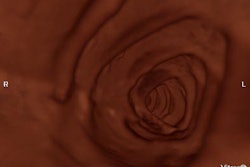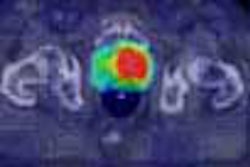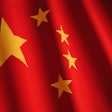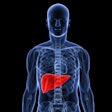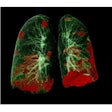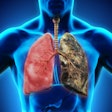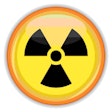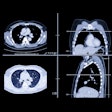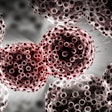Any old picture may be worth a thousand words, but a CT image of a coronary artery calcification (CAC) may be worth a thousand lives: Confronting patients with scans of their arterial blockages could inspire a radical change in lifestyle, as well as better compliance to a treatment regimen, according to a study presented at the recent American College of Cardiology meeting in New Orleans.
"As a preventive cardiologist, we recognize people who are at risk by some methodology and we put them on appropriate therapies. But the majority of patients stop their therapy. It's hard to make an asymptomatic person feel better, therefore they don't stay on (therapy). Compliance is the biggest issue," said lead author Dr. Matthew Budoff, an assistant adjunct professor of medicine at the Harbor-UCLA Medical Center in Torrance, CA. "If you can show them their own heart and show them plaque building up within it" they may start exercising and stop smoking and behaving in ways that improve their cardiac health."
For this study, Budoff’s team surveyed 1,215 asymptomatic patients who had been referred by their primary care physician for an electron-beam CT (EBCT) scan for CAC. All patients were shown their scans and had the results explained to them. Follow-up information of patients was obtained from 981 patients at a mean of 3.6 (±2.1) years after the initial scan.
Patients were divided into four quartiles based upon CAC score (first quartile 0, second 1-59, third 60-285, fourth >286). According to the results, patients in the first score quartile demonstrated the least lifestyle modifications between scans, researchers said.
On the other hand, patients with higher CAC scores -- and presumably more horrifying EBCT images -- were responsive. This was especially true in patients with high cholesterol, who did demonstrate increased statin utilization, according to the researchers.
In addition, the investigators observed a significant increase in dietary modification and cardiovascular exercise with a "trend towards higher incidence of tobacco cessation among patients with higher calcium scores," they reported.
Budoff said he believes that the change in behavior could be attributed to the patients having seen the EBCT scans. More studies will confirm whether these findings hold up over time, he added.
However, making EBCT a tool for patient motivation may not be enough to convince many payors to reimburse for the exams, Budoff cautioned.
"The current lack of or incomplete insurance coverage seems to be the biggest challenge to widespread utilization," he said. "It takes a lot to get screening tools covered by insurance companies."
Still, proving that EBCT scan results can convert CAC patients to healthier lifestyles is a worthwhile goal, according to Budoff, who pointed out that better compliance with therapy could mean better long-term outcomes.
"If we could get up to 60% statin compliance in five years, that would be remarkable," he said."If we believe that statins have an effect" over the long run, there would be a further event reduction with more people taking their pills."
By Jerry IngramAuntMinnie.com contributing writer
March 24, 2004
Related Reading
Coronary artery calcium detected by tomography may predict heart disease, May 15, 2003
Thin slices, quality assurance improve calcium scoring, April 16, 2003
Copyright © 2004 AuntMinnie.com





